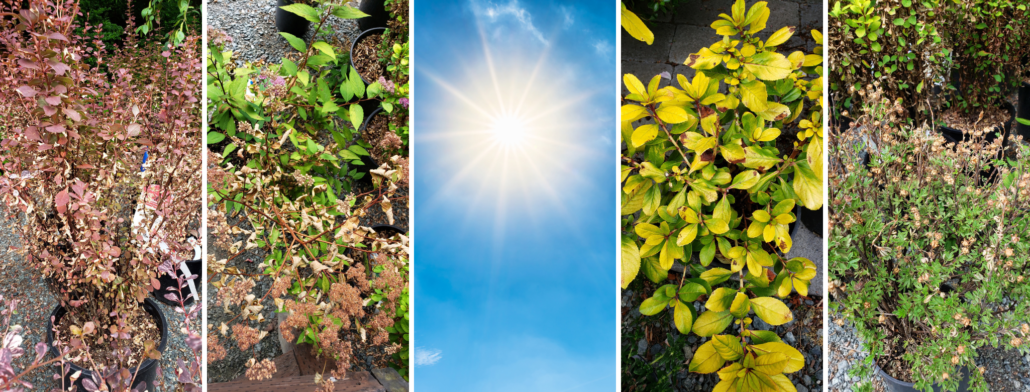Winter Interest in the Garden
Late fall and winter bring an excellent opportunity for us to examine our gardens with fresh eyes. Without the distraction of spring and summer flowers, we can clearly see if our plantings provide enough color and interest in the “naked” season. We can also evaluate where we might need more structure.
If you find your garden is lacking in structure, color, or even texture at this time of year, the solution is often found with evergreen plants. Sometimes the word “evergreen” makes people think only of Cedar, Pine and Fir trees. But this group of plants is much more vast than that! Since many of us gardening in the Pacific NW are surrounded by an ample supply of green, for this post I am going to think outside of that tone! From conifers to broadleaved evergreens to grasses, perennials and groundcovers, we can find plants for year round interest in the garden. Here are some of my favorites.
Larger plants for color & structure
Arizona Cypress: Cupressus ‘Sulphurea’ or ‘Carolina Sapphire’
Japanese Cedar: Cryptomeria ‘Sekkan Sugi’ and C. japonica ‘Elegans’
Spruce: Picea ‘Glauca Slenderina’, ‘Gold Drift’ and ‘Skylands’
“Cool Bones” – Interesting Bark or Form
Black Gum: Nyssa sylvatica ‘Zydeco Twist’
Stewartia pseudocamellia, S. monadelpha
Birch: Betula ‘Jacquemontii’ or B. nigra ‘Heritage’
Vine Maple: Acer circinatum ‘Sunny Sister’
Corokia cotoneaster
Weeping Lawson Cypress: Chamaecyparis l. ‘Imbric Weeping’
Medium shrubs for winter interest
Euonymus ‘Silver King’, ‘Silver Queen’,
Elaeagnus ‘Gilt Edge’, ‘Hosobu Fukurin’
Buckthorn: Rhamnus a. ‘Variegata’
Osmanthus ‘Goshiki’, ‘Party Lights’
Hemlock: Tsuga ‘Gentsch White’ or ‘Summer Snow’
Fatsia ‘Spider’s Web’
Low shrubs for winter color
Leucothoe ‘Rainbow’
Juniperus ‘Daub’s Frosted’ or ‘Blue Star’
Euonymus ‘Dan’s Delight’ or ‘Blondy’
Evergreen perennials and subshrubs
Lavender
Hellebore, esp. ‘Snow Fever’ or Frostkiss Series
Hebes
Evergreen grasses for winter texture
Carex: any of them!
Fescue: Festuca ‘Bolder Blue’ or ‘Elijah’
Blue Oat
Black Mondo Grass: Ophiopogon p. ‘Nigrescens’
What?! Winter FLOWERS??
Viburnum b. ‘Dawn’
Hellebore
Witch Hazel: Hamamelis ‘Jelena’, ‘Diane’, etc.
Osmanthus burkwoodii
Elaeagnus – any
Camellia sasanqua types, such as ‘Setsugekka’
Need to see some of these plants with your own eyes? Watch Tobey’s video – Plants for Winter Interest!

